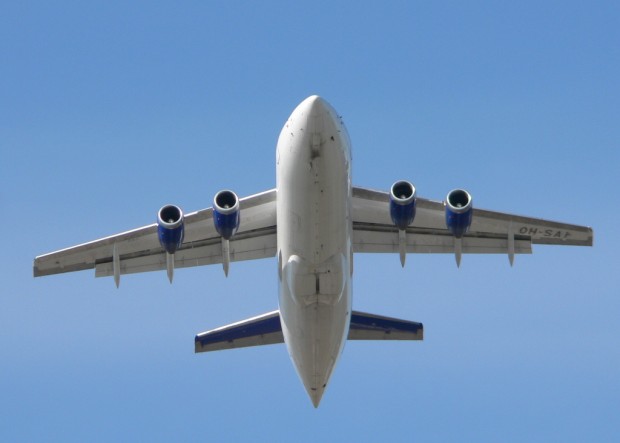If you have never flown before, you might think all you need to do is show up at the airport with your ticket and luggage, go through security, and board your plane. While this might seem easy enough, flying is a bit more complex than it appears. To ensure your flight goes smoothly, here are a few additional things you need to know.
Always Carry Proper ID
It is imperative that you have proper identification ready when you show up for your flight. Part of the security measures at the airport are to ensure that every passenger is who they say they are. Without proper ID, you may not be able to board your plane.
So, what constitutes proper ID? According tsa.gov., all passengers over 18 must have at least one of the following:
- Driver’s licenses or other state photo identity cards issued by the Department of Motor Vehicles (or equivalent)
- S. passport
- S. passport card
- DHS trusted traveler cards (Global Entry, NEXUS, SENTRI, FAST)
- S. military ID (active duty or retired military and their dependents, and DoD civilians)
- Permanent resident card
- Border crossing card
- DHS-designated enhanced driver’s license
- Airline or airport-issued ID (if issued under a TSA-approved security plan)
- Federally recognized, tribal-issued photo ID
- HSPD-12 PIV card
- Foreign government-issued passport
- Canadian provincial driver’s license or Indian and Northern Affairs Canada card
- Transportation worker identification credential
- Immigration and Naturalization Service Employment Authorization Card (I-766)
Arrive Several Hours Early
You will need to arrive several hours before your flight is scheduled to depart. The TSA recommends arriving at least two hours early. This additional time is needed to process you and other passengers through airport screening and security.
However, many airports have been experiencing long delays due to a shortage of TSA screeners. These backups have delayed flights and even caused a large number of passengers to miss their flights entirely. Therefore, you may want to show up three to four hours before your flight to ensure you are able to get through security screening and board your plane on time.
Know Which Items are Prohibited or Restricted
Since 9/11, airport security has been tightened and the list of prohibited or restricted items has expanded. While weapons of any kind have always been prohibited, some innocent items are also limited or restricted. For example, you might want to take a water bottle on board, but there are many rules about liquids on board a plane.
Tsa.gov states directly on their webpage, “You may carry liquids, gels and aerosols in your carry-on bags only if they adhere to the 3-1-1 rule: containers must be 3.4 ounces or less; stored in a 1 quart/liter zip-top bag; 1 zip-top bag per person, placed in the screening bin. Larger amounts of non-medicinal liquids, gels, and aerosols must be placed in checked baggage.”
However, there are even exceptions to this rule. Your best bet is to check the tsa.gov website for any items that may be questionable.

